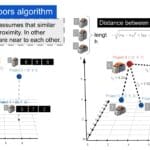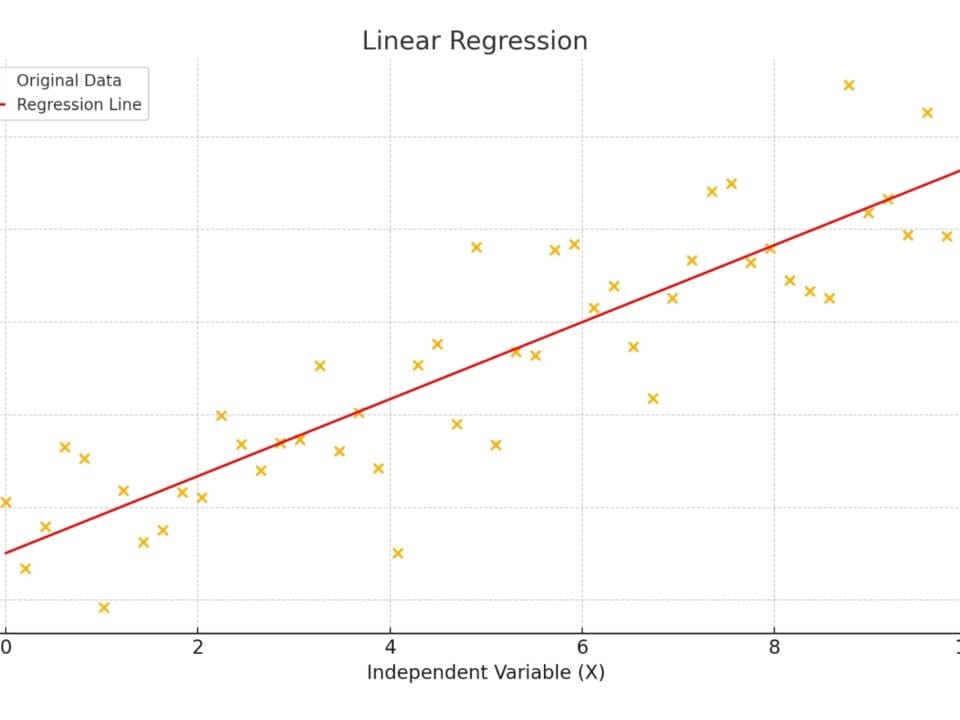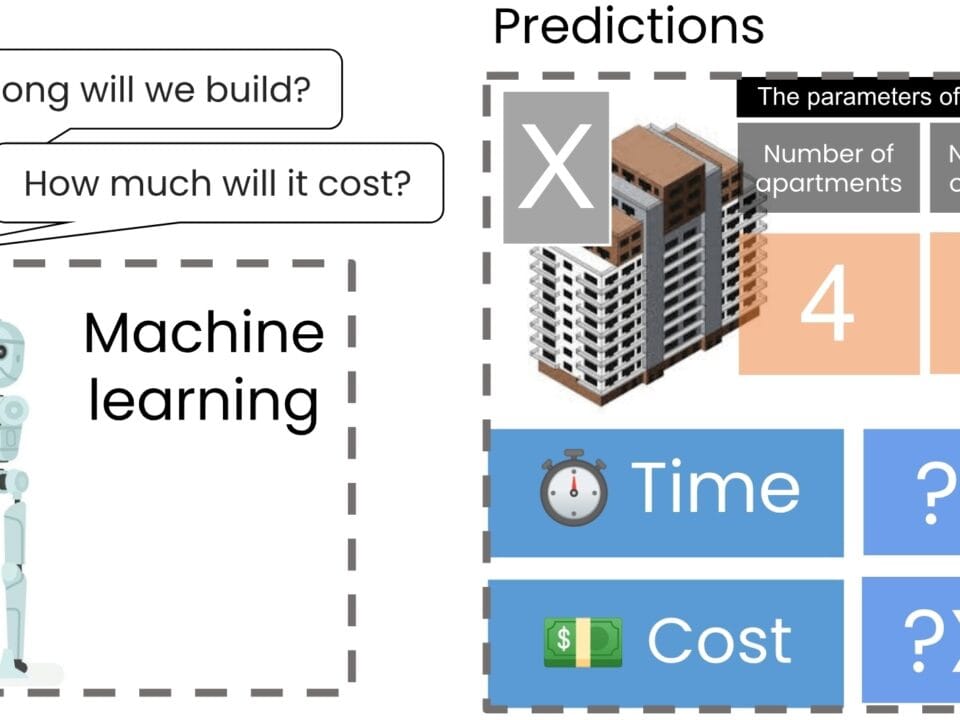Modern approaches to working with data are beginning to change decision-making in the construction industry. Moving from intuitive assessments to objective data analysis not only improves accuracy, but also opens up new opportunities for process optimization. To summarize this part, it is worth highlighting the main practical steps that will help you apply the discussed methods in your daily tasks:
Building a resilient storage infrastructure
- Try to combine disparate documents and project data into a single tabular model, aggregating key information into a single dataframe for further analysis
- Use efficient data storage formats – for example, columnar formats like Apache Parquet instead of CSV or XLSX – especially for those sets that could potentially be used to train machine learning models in the future
- Create a data versioning system to track changes throughout the project
Implementation of analysis and automation tools
- Start analyzing historical project data – by documentation, models, estimates – to identify patterns, trends and anomalies
- Master ETL processes (Extract, Transform, Load) to automatically load and prepare data
- Learn how to visualize key metrics using various free Python visualization libraries
- Begin to apply statistical methods and random sampling to produce representative and reproducible analytical conclusions
Increasing maturity in working with data
- Learn a few basic machine learning algorithms with simple and straightforward examples like the Titanic dataset
- Analyze current processes and identify where you can move from rigid cause-and-effect logic to statistical methods of forecasting and estimation
- Start treating data as a strategic asset rather than a by-product: build decision-making processes around data models rather than around specific software solutions
Construction companies that have realized the value of data are entering a new phase of development where competitive advantage is determined not by the amount of resources, but by the speed of decision-making based on analytics.






















